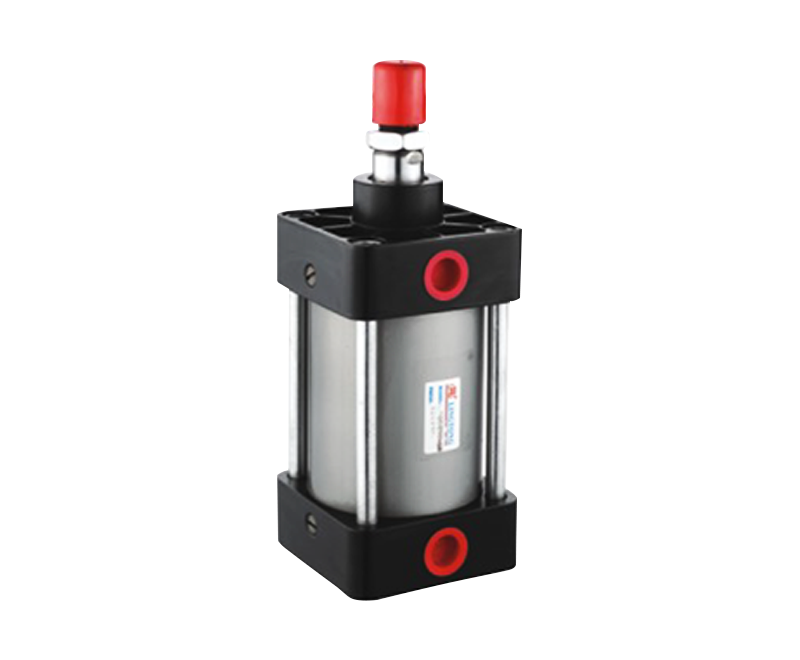Pneumatic valve is an important device in the automation of industrial piping system. It is installed on the basis of ordinary valves with pneumatic actuators, and the actuators are driven by air source pressure. The movement mode of the slave valve is generally divided into: straight stroke and angular stroke; the slave actuator is generally divided into: single-acting and double-acting. Pneumatic valves realize the functions of cutting off, turning on, and adjusting the valve through output signals. Generally, pneumatic valves are equipped with solenoid valves, air source triples, limit switches, positioners and other accessories to be used together.
Introduction of cylinder joints:
A cylindrical metal part that guides the piston to reciprocate linearly in the cylinder. Air in the engine cylinder converts thermal energy into mechanical energy through expansion; gas is compressed by the piston in the compressor cylinder to increase the pressure. The casings of turbines, rotary piston engines, etc. are also commonly referred to as "cylinders". Application fields of cylinder: printing (tension control), semiconductor (spot welding machine, chip grinding), automation control, robot, etc.
The pneumatic valve positioner is designed and worked according to the principle of force balance, and its working principle is designed and worked according to the principle of force balance. When the signal pressure into the bellows increases, the lever 2 is rotated around the fulcrum, the baffle plate is close to the nozzle, the back pressure of the nozzle is amplified by the amplifier, and sent into the air chamber of the membrane actuator, so that the valve stem moves down and drives the feedback rod (swing rod) rotates around the fulcrum, and the feedback cam (eccentric cam) connected to the same shaft also rotates counterclockwise, and the lever 1 rotates around the fulcrum through the roller, and the feedback spring is stretched and the tension of the spring to lever 2 When the force acting on the bellows with the signal pressure reaches the moment equilibrium, the meter reaches the equilibrium state. At this time, a certain signal pressure corresponds to a certain valve position. The above action mode is positive action, if you want to change the action mode, you only need to turn the cam over, and the A direction becomes the B direction, etc. The so-called positive-action positioner means that the signal pressure increases and the output pressure also increases; the so-called reverse-action positioner means that the signal pressure increases and the output pressure decreases. As long as a positive-acting actuator is installed with a reaction positioner, the action of the reaction-action actuator can be realized; on the contrary, a reaction-action actuator can realize the action of a positive-action actuator as long as a reaction positioner is installed.



 English
English 中文简体
中文简体




















